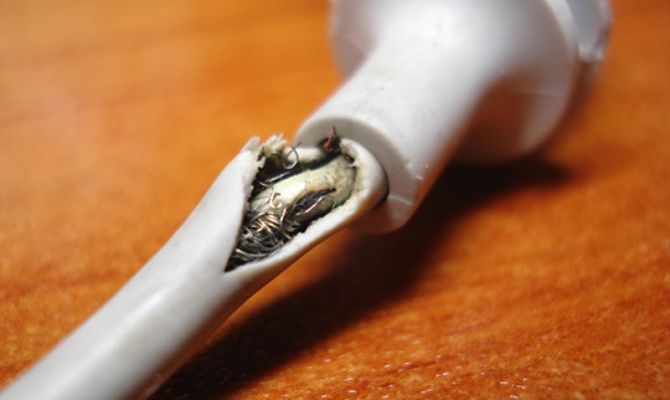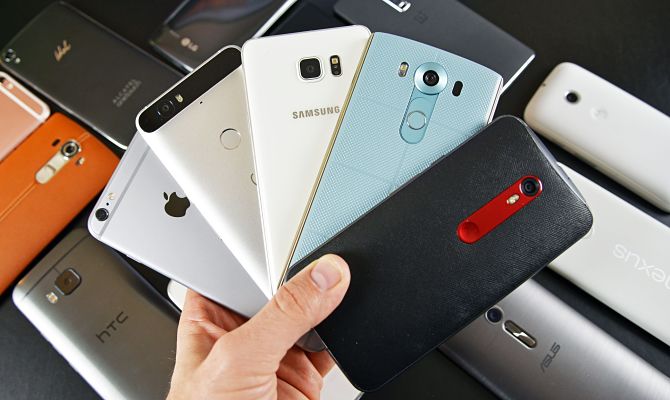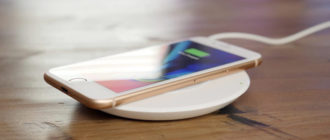A modern telephone is a complex communicative device with a high load. It is crammed with various applications and options. The higher the load, the greater the risk of various breakdowns, glitches and crashes. Charging problems are one of the most common. For example, it happens that the phone does not charge to a 100 percent level. The problem is familiar to owners of devices based on both Android and Apple.
Content
Which phones are affected
For modern models, the same connector is used for charging, and for other functions - for example, to connect the phone to a computer or laptop via USB. This simplifies the use of the gadget for its owner - one wire, one connector for everything. But at the same time, it imposes a certain load, and also makes the charging function directly related to the operating system.
Therefore, problems with the charging process are not uncommon. All models of modern mobile devices are subject to this without exception. The most reliable are undoubtedly the iPhone. There are also fewer problems with smartphones Samsung Galaxy, Honor, HTC, Lenovo. More budget ones - Xiaomi, Meizu, ZTE - break more often. However, everything is individual and depends on the specific model, as well as the features of its operation, on the careful attitude of the owner.
In case of improper handling, when installing low-quality software, with “left” firmware, problems can arise with such reliable phones as Sony Xperia, Asus, LG, Huawei, Nokia. In general, no one is safe from this.
The phone does not fully charge: reasons and what to do
There may be several possible reasons for the battery to stop charging completely. Consider the most common among them.
Charger Issues
- Charger malfunction. Perhaps the reason that the phone is slowly charging and cannot reach the cherished 100% in any way is because the charger is faulty. Moreover, it does not have to be completely corrupted, just bending or breaking the cable or a strong blow, after which one posting began to depart. First, it is worth examining the memory and its wire externally. If kinks and damage are evident, then it is likely that the reason is in them. Even if everything looks fine, it’s worth checking your mobile device with another suitable memory device.
- Non-native charging. Incompatibility of the charger, as well as the cable with the phone, can be caused by the fact that different brands of devices adhere to different voltage and current resistance. The difference is not great, but it may be enough to charge passed defectively.
- Connector malfunction. The charging connector or port of the smartphone may be broken or severely clogged, this significantly worsens the battery replenishment process, it is likely that it does not charge to the end. You can verify this damage and fix it only in the service center, attempts to climb into the connector yourself can break it completely.

Battery problems
- Aging battery. The resource of modern batteries is about 500 full charge-discharge cycles. Usually this limit is reached in 2-3 years, and with intensive use it is faster. Gradually, the battery capacity decreases, and the resistance increases. As a result, the device slows down and takes longer to charge, discharges faster, and holds a charge worse.
- Faulty power controller. The charging process in the phone is controlled by a small chip. When it fails, a lot of problems can arise and one of them is not fully charged.The only thing that can be done is to take the device to a repair center and it is better not to delay it, since the consequences can be very sad.
- Battery wet. In this case, the phone can be charged up to 1%, and up to 3%, 20%, 70% and 99%, depending on the level of damage.
- Broken separator. Here, too, the smartphone will stop charging depending on the degree of damage at the same level, that is, 30%, 40%, 50%, 60%, etc.
If the reason is in the battery, then it is better to replace it, and not deal recovery. Modern batteries are made of lithium, and this is a fairly active metal, which can enter into a chemical reaction even with moist air.
Software issues
-
- Huge pressure. It is possible that the phone is able to charge fully and without problems, but you simply do not let it do it. This is possible if a lot of open programs or applications running in the background are running on the charging device, as well as if the host uses it directly during charging. Then, almost certainly, the phone will not charge fully, or discharge at the same speed ..
- Failures in the operating system. Viruses, various malicious programs, third-party applications and low-quality firmware can interfere with the charging process, distorting it at its discretion. With such "bonuses", pumped indiscriminately, even a new phone can work intermittently and not fully charge. Resetting to factory settings may help, if not, there is a direct road to the service center.
- Charge lock. Special battery care programs, such as Accu battery, can disconnect the phone from charging when reaching 75%, 80% or 85%.
- Unsuitable temperature conditions. Modern lithium batteries used in smartphones are able to work well only in a certain temperature mode. It ranges from 2-3 to 45 degrees Celsius with a plus sign. At lower temperatures, the battery will most likely not charge above a few percent; if the temperature is too high, the device may disconnect from the charger.
Therefore, the first thing to do is to evaluate the external malfunction of the device, battery and charger, and then its “stuffing”.
How to find out that the phone is fully charged
A correctly working smartphone when it reaches 100 percent charge shows the corresponding message on its display, the charge scale also becomes full, and the power supply from the mains ceases to flow to it.
By the way, it is recommended that modern devices do not charge up to 100%, but keep the level from 20 to 80, this contributes to a better and more durable battery. However, if you are sure that before the phone calmly reached the full level, and now it suddenly stopped, you should pay close attention to this problem.
Have questions or have something to add? Then write to us about it in the comments, this will make the material more useful, complete and accurate.







